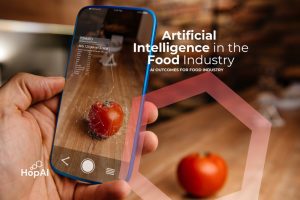By definition, renewable energy is energy generated from sources that renew themselves naturally, such as sunlight, wind, moving water (hydropower), earth heat (geothermal) and biomass (organic matter that can be burned to produce energy). These sources are considered inexhaustible because they do not run out with use, unlike fossil fuels, which have a limited reserve and run out over time. Along with technological advances, artificial intelligence has been applied in the generation of renewable energies, as well as in the predictive maintenance of the devices that are part of it. It is playing an increasingly important role in the renewable energy sector, driving innovation and sustainability in many areas. Some of the ways AI is being used include:
- Prediction of renewable energy production: AI can be used to predict the amount of energy that will be generated by a given renewable energy source such as solar or wind energy. This allows energy companies to better schedule production and avoid waste. This is a guarantee of energy security on a national scale, and is widely used by the ONS (National System Operator), a body that monitors and monitors the quality of electricity generation on a national scale.
- Power Grid Optimization: AI can help optimize the power grid, balancing supply and demand in real time and ensuring that renewable energy is used as efficiently as possible. free energy market, it is necessary that supply and demand are balanced in real time, thus facilitating the purchase and sale of energy credits, and the acquisition of clean source certificates by participating companies.
- Wind turbine monitoring: AI can be used to monitor the performance of wind turbines and catch any issues before they cause failure. This can help reduce downtime and increase efficiency. Among the clean energy sources, the wind generation system is one of the ones with the highest financial added value. It needs to function under ideal wind, soil, and weather conditions.
- Cost reduction: AI can help reduce renewable energy costs by finding ways to increase efficiency and reduce operating costs. This can make renewable energy more affordable and sustainable in the long run. There are several studies being conducted on maximizing the efficiency of photovoltaic solar energy, which is based on:
Use of Solar Tracker: identifies the position of the sun, and positions the solar panels to enable maximum efficiency.
Systems that monitor the temperature conditions of solar panels: Photovoltaic panels work best when at a temperature of 25º C, and for each degree above, it loses 0.5% of its efficiency. When temperature is monitored, it is possible to reduce the loss of efficiency of the systems.
Overall, AI can play a key role in driving innovation and sustainability in the renewable energy sector, helping to maximize efficiency, reduce costs and minimize the environmental impact of power generation.




